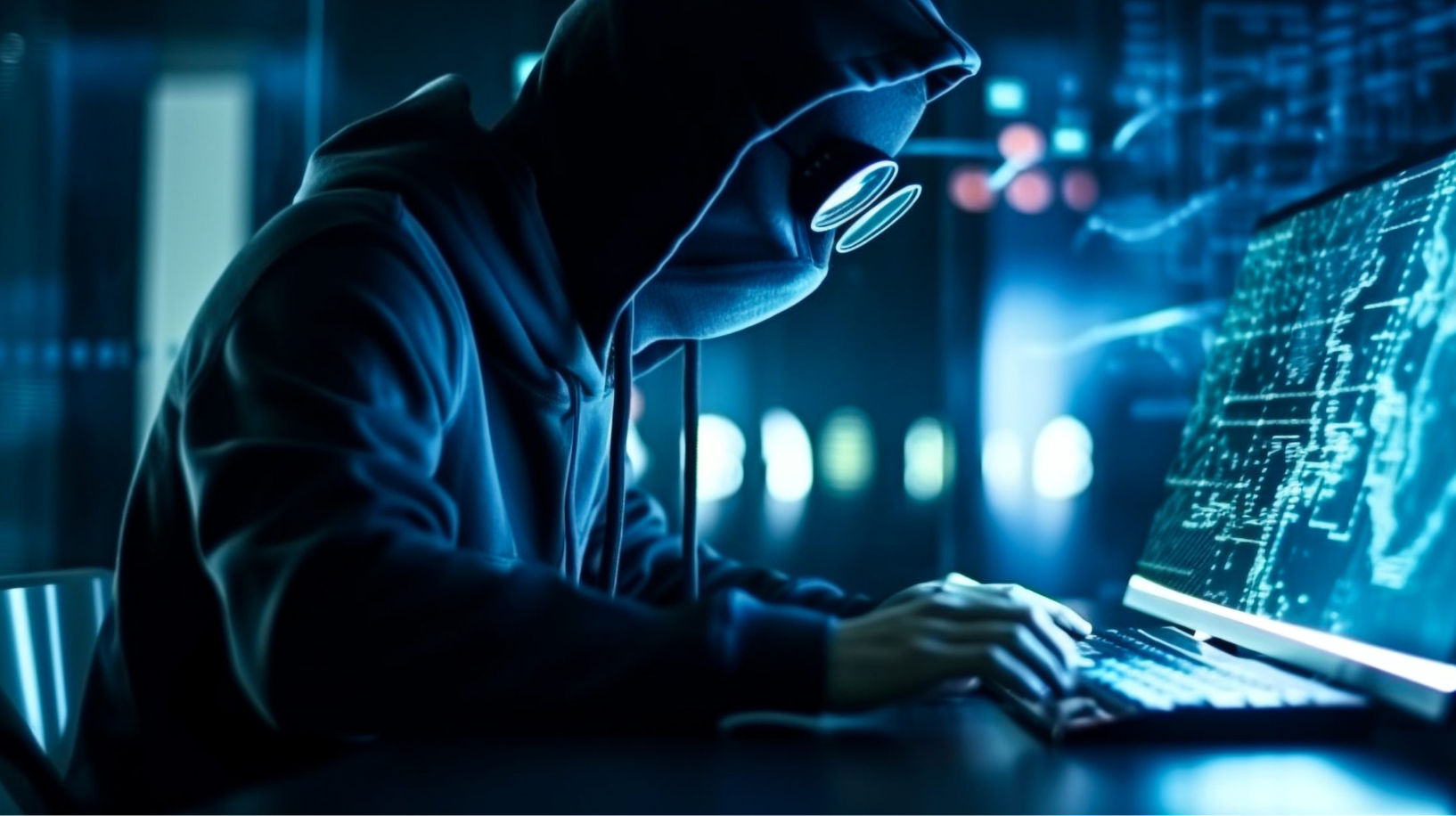Cybersecurity: Protecting Yourself in the Digital Environment
Cybersecurity encompasses the set of practices, technologies, and processes designed to protect systems, networks, and digital data from attacks, unauthorized access, and other threats. This ranges from protecting the email password to ensuring that the data of an organization’s beneficiaries is safe.
According to the 2023 Cybercrime Report in Spain, cybercrimes have significantly increased in recent years. In 2023, they accounted for 19.2% of all recorded crimes in Spain, nearly double the 9.9% recorded in 2019. This upward trend highlights the urgent need to adopt appropriate protection measures.
WHY IS IT IMPORTANT?
In an increasingly complex and interconnected digital environment, any organization is susceptible to cyberattacks. Even small entities, often considered “easy targets” due to a lack of protection measures, may suffer from data theft, identity theft, or malware.
THE MOST COMMON RISKS
Companies need to be aware of the various threats in the digital environment. Some of the most significant include:
Malware: Malicious software that can take various forms such as viruses, trojans, or ransomware. Its goal is to infiltrate systems to cause damage or steal critical information.
Phishing: A deceptive technique using emails or messages that impersonate reliable sources to trick users into revealing sensitive data such as passwords or banking information.
Denial-of-Service Attacks: These attacks try to overload a computer system, making it inoperative by exhausting its resources. This can disrupt critical business operations and cause significant damage.
Weak Passwords: One of the most common vulnerabilities is the use of simple, predictable, or reused passwords across multiple services. This makes it easier for unauthorized individuals to access accounts and systems, especially when combined with techniques like phishing or brute-force attacks.
GOOD PRACTICES
Even if you don’t have a large budget, applying basic best practices can make a big difference. Here are some simple but very effective tips:
Use strong, unique passwords.
Regularly update your systems.
Train your team.
Be skeptical of suspicious emails.
CONCLUSION
Cybersecurity is not just for technical teams; it’s a shared responsibility across all members of an organization. Adopting preventive measures, being aware of the risks, and establishing simple protocols can prevent many dangerous situations.
At teclaSocial, we aim to raise awareness about this danger, offering guidance and tailored solutions. Digitalization should be secure, accessible, and serve your social mission.
Do you have questions or want to know how to better protect your organization? Contact us, and we will help you take the first step toward responsible cybersecurity.
teclaSocial, digital commitment.







